1. Abdalkader M, Piotin M, Chen M, Ortega-Gutierrez S, Samaniego E, Weill A, et al. Coil migration during or after endovascular coiling of cerebral aneurysms. J Neurointerv Surg. 2020; May. 12(5):505–11.

2. Derakhshani S, Rosa S, Chawda S. Detached coil migration that assisted stent migration, during stent assisted coiling of a recurrent aneurysm: a case report. Neuroradiol J. 2011; Oct. 24(5):791–5.

3. Ding D, Liu KC. Management strategies for intraprocedural coil migration during endovascular treatment of intracranial aneurysms. J Neurointerv Surg. 2014; Jul. 6(6):428–31.
4. Koseoglu K, Parildar M, Oran I, Memis A. Retrieval of intravascular foreign bodies with goose neck snare. Eur J Radiol. 2004; Mar. 49(3):281–5.

5. Kung DK, Abel TJ, Madhavan KH, Dalyai RT, Dlouhy BJ, Liu W, et al. Treatment of endovascular coil and stent migration using the Merci retriever: report of three cases. Case Rep Med. 2012; 2012:242101.

6. Leslie-Mazwi TM, Heddier M, Nordmeyer H, Stauder M, Velasco A, Mosimann PJ, et al. Stent retriever use for retrieval of displaced microcoils: a consecutive case series. AJNR Am J Neuroradiol. 2013; Oct. 34(10):1996–9.

7. Lessne ML, Shah P, Alexander MJ, Barnhart HX, Powers CJ, Golshani K, et al. Thromboembolic complications after Neuroform stent-assisted treatment of cerebral aneurysms: the Duke Cerebrovascular Center experience in 235 patients with 274 stents. Neurosurgery. 2011; Aug. 69(2):369–75.
8. O’Hare AM, Rogopoulos AM, Stracke PC, Chapot RG. Retrieval of displaced coil using a Solitaire
® stent. Clin Neuroradiol. 2010; Dec. 20(4):251–4.

9. Parthasarathy R, Gupta V, Goel G, Mahajan A. Solitaire stentectomy: ‘deploy and engage’ and ‘loop and snare’ techniques. J Neurointerv Surg. 2018; May. 10(5):e6.
10. Simgen A, Kettner M, Webelsiep FJ, Tomori T, Mühl-Benninghaus R, Yilmaz U, et al. Solitaire stentectomy using a stent-retriever technique in a porcine model. Clin Neuroradiol. 2021; Jun. 31(2):475–82.

11. Singh DP, Kwon SC, Huang L, Lee WJ. Retrieval of distally migrated coils with detachable intracranial stent during coil embolization of cerebral aneurysm. J Cerebrovasc Endovasc Neurosurg. 2016; Mar. 18(1):48–54.

12. Vora N, Thomas A, Germanwala A, Jovin T, Horowitz M. Retrieval of a displaced detachable coil and intracranial stent with an L5 Merci Retriever during endovascular embolization of an intracranial aneurysm. J Neuroimaging. 2008; Jan. 18(1):81–4.

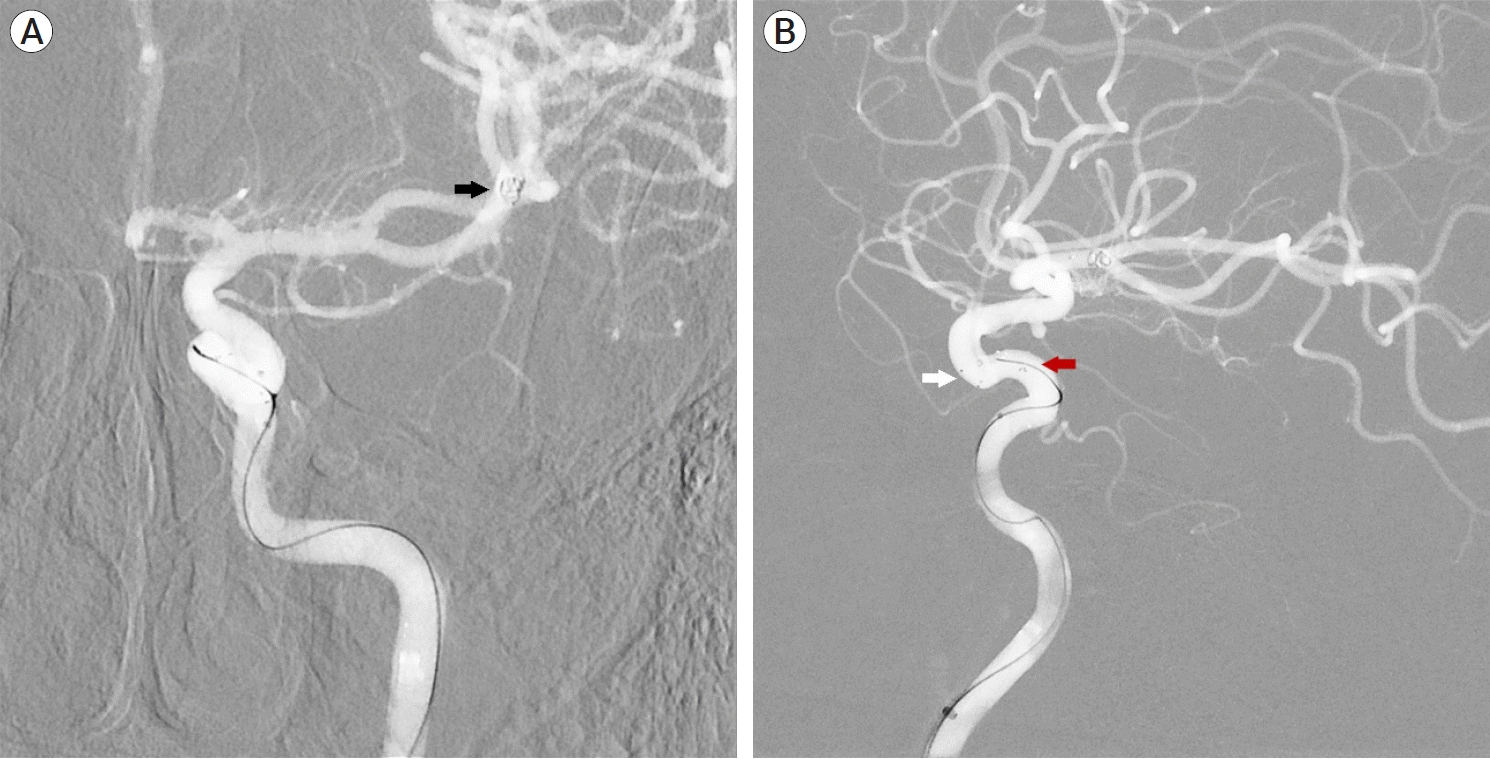





 PDF
PDF Citation
Citation Print
Print



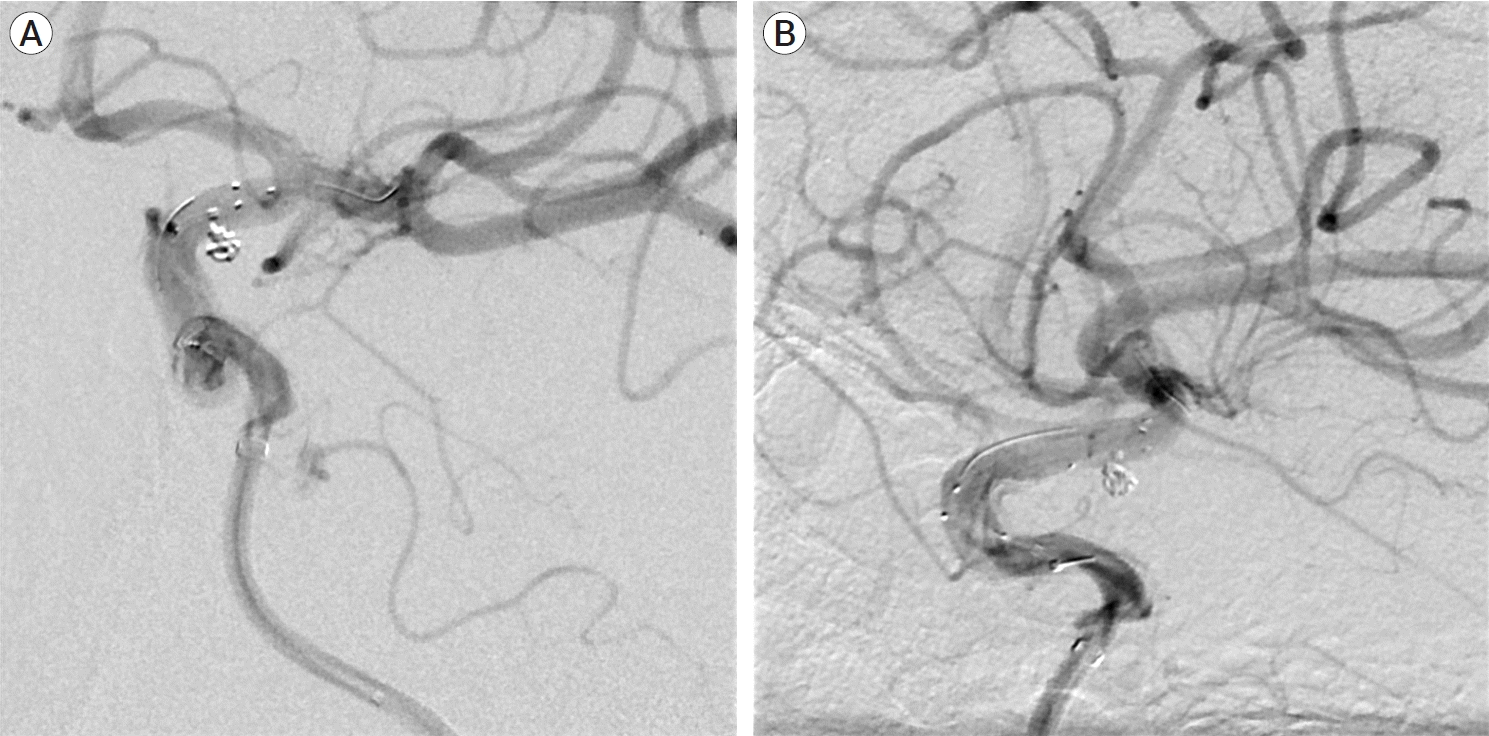
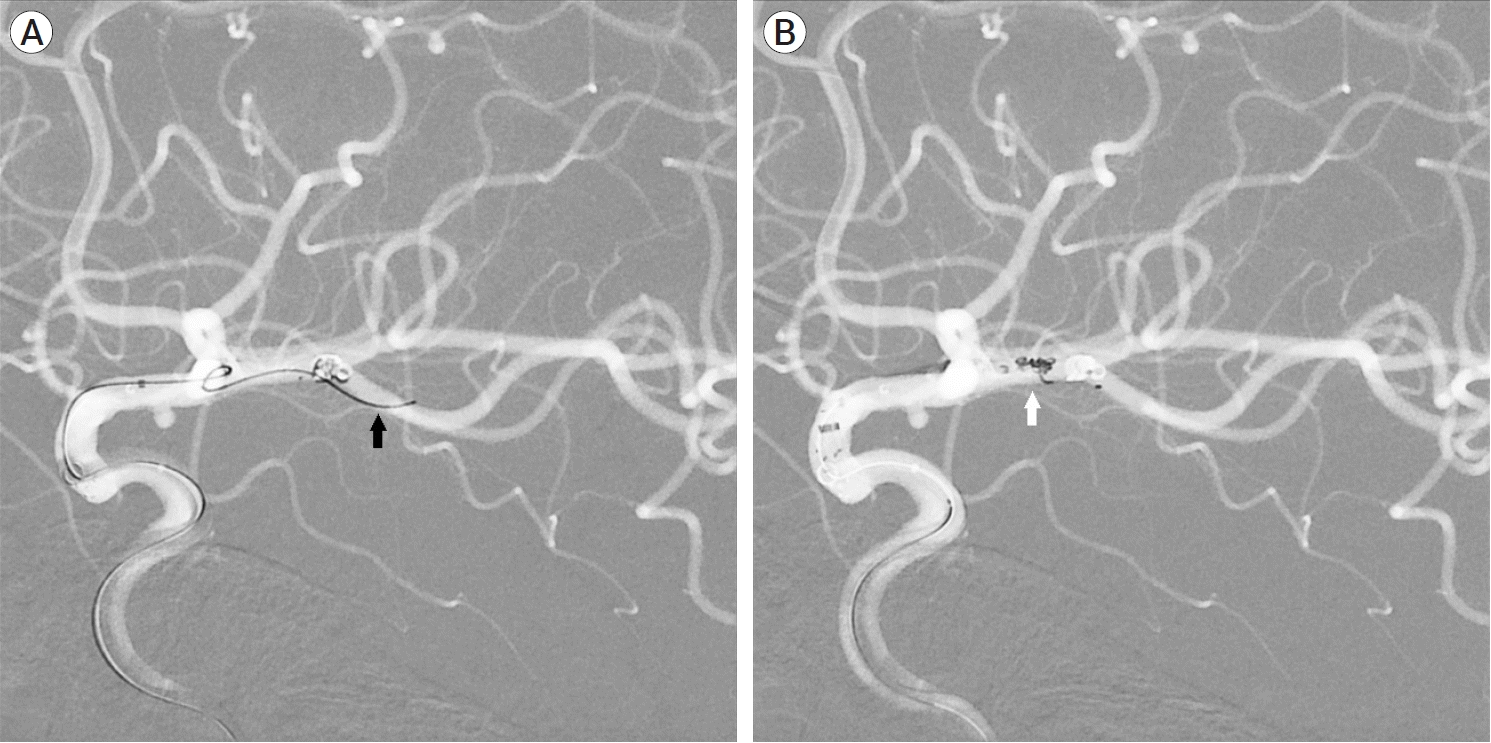
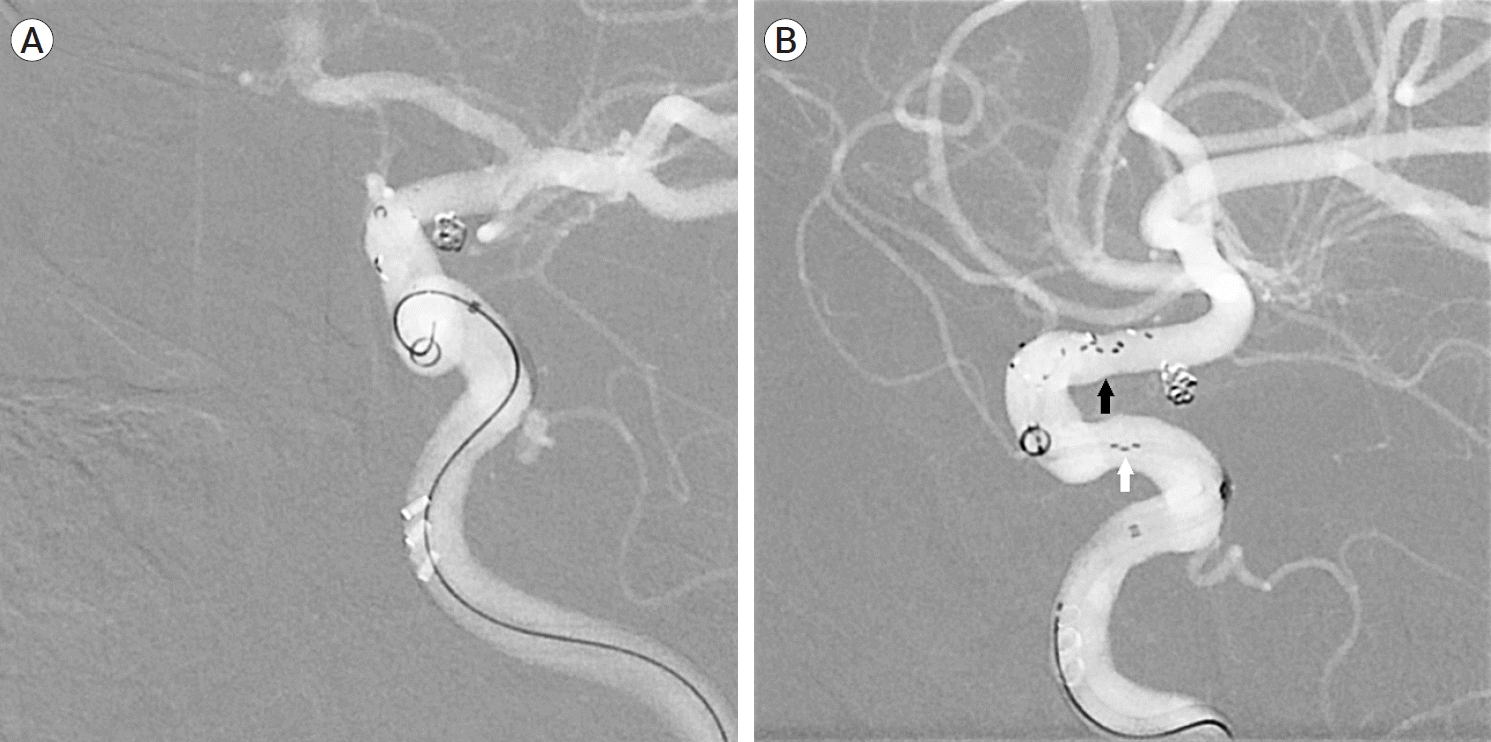
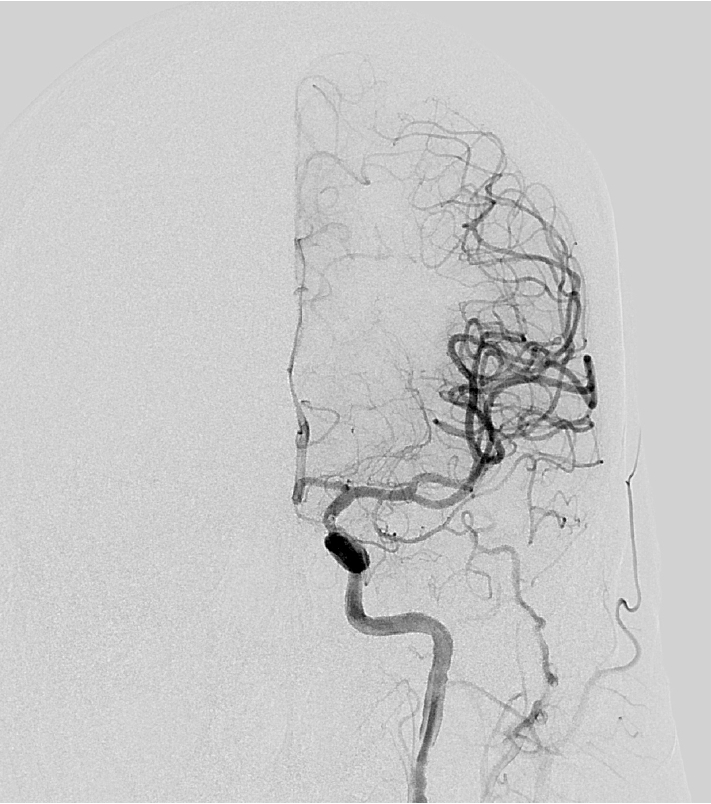
 XML Download
XML Download